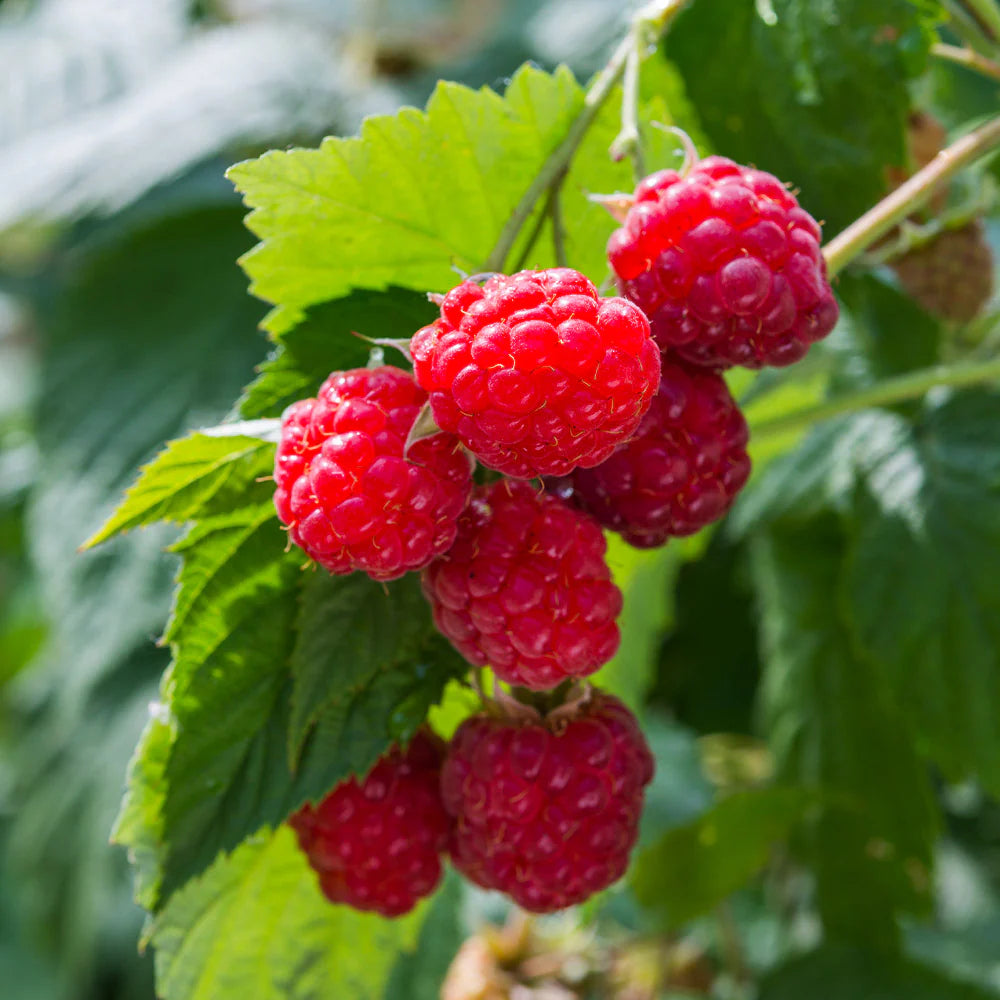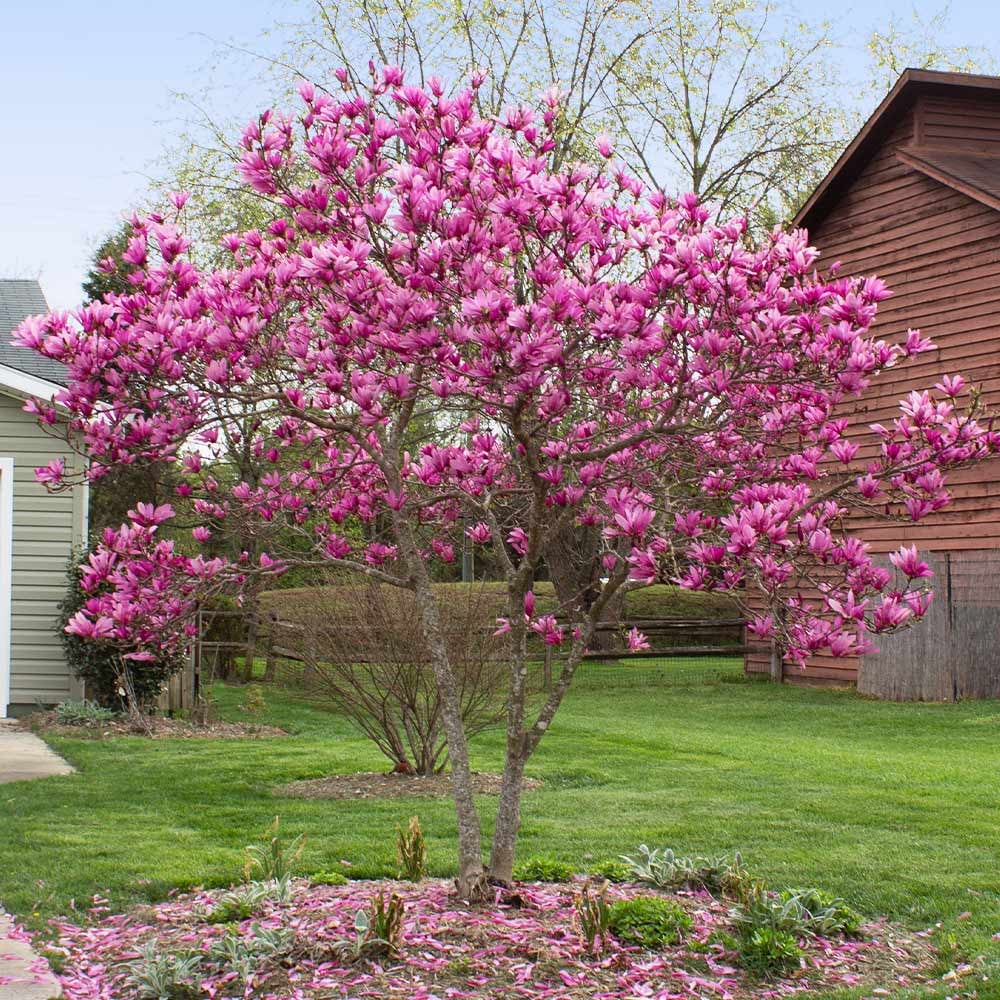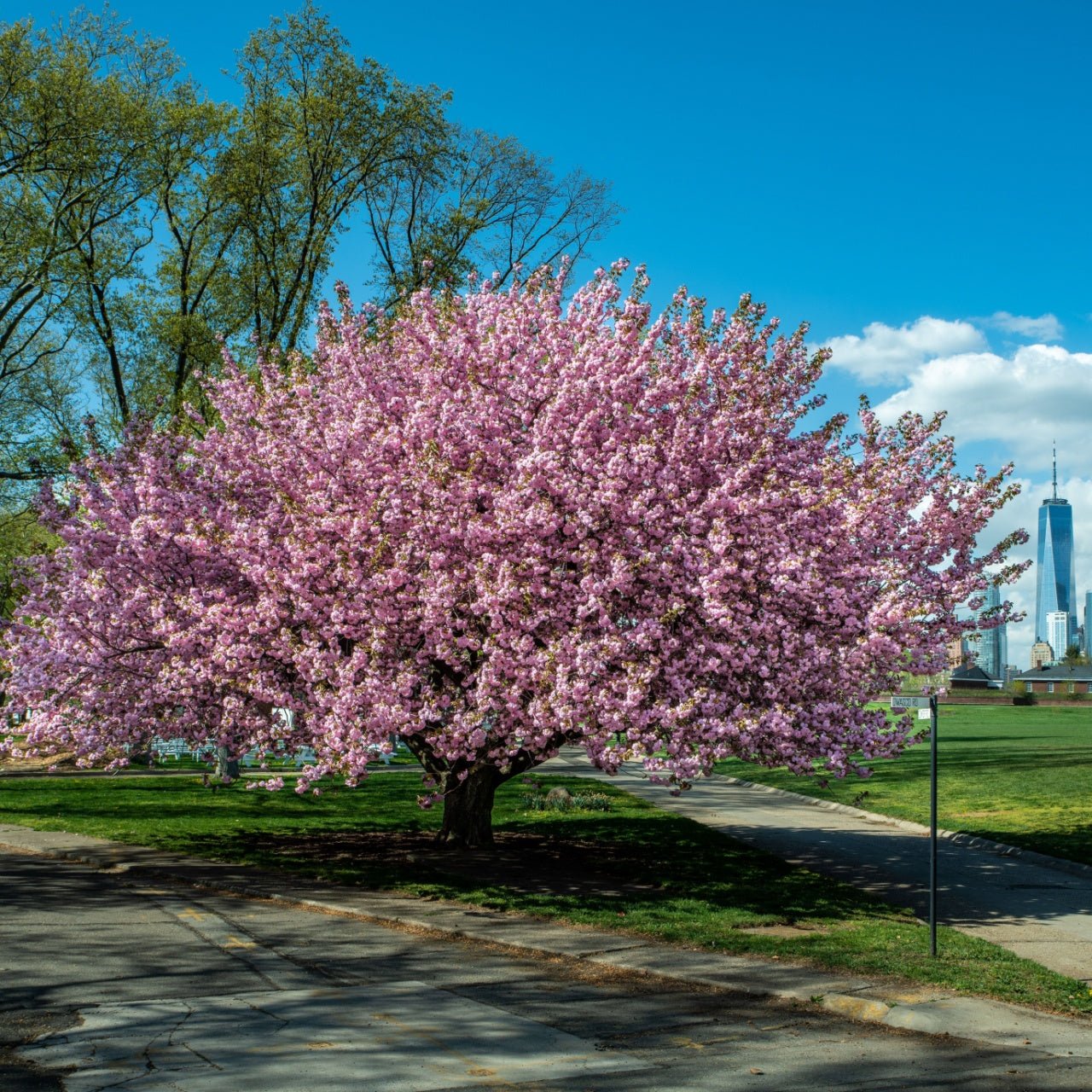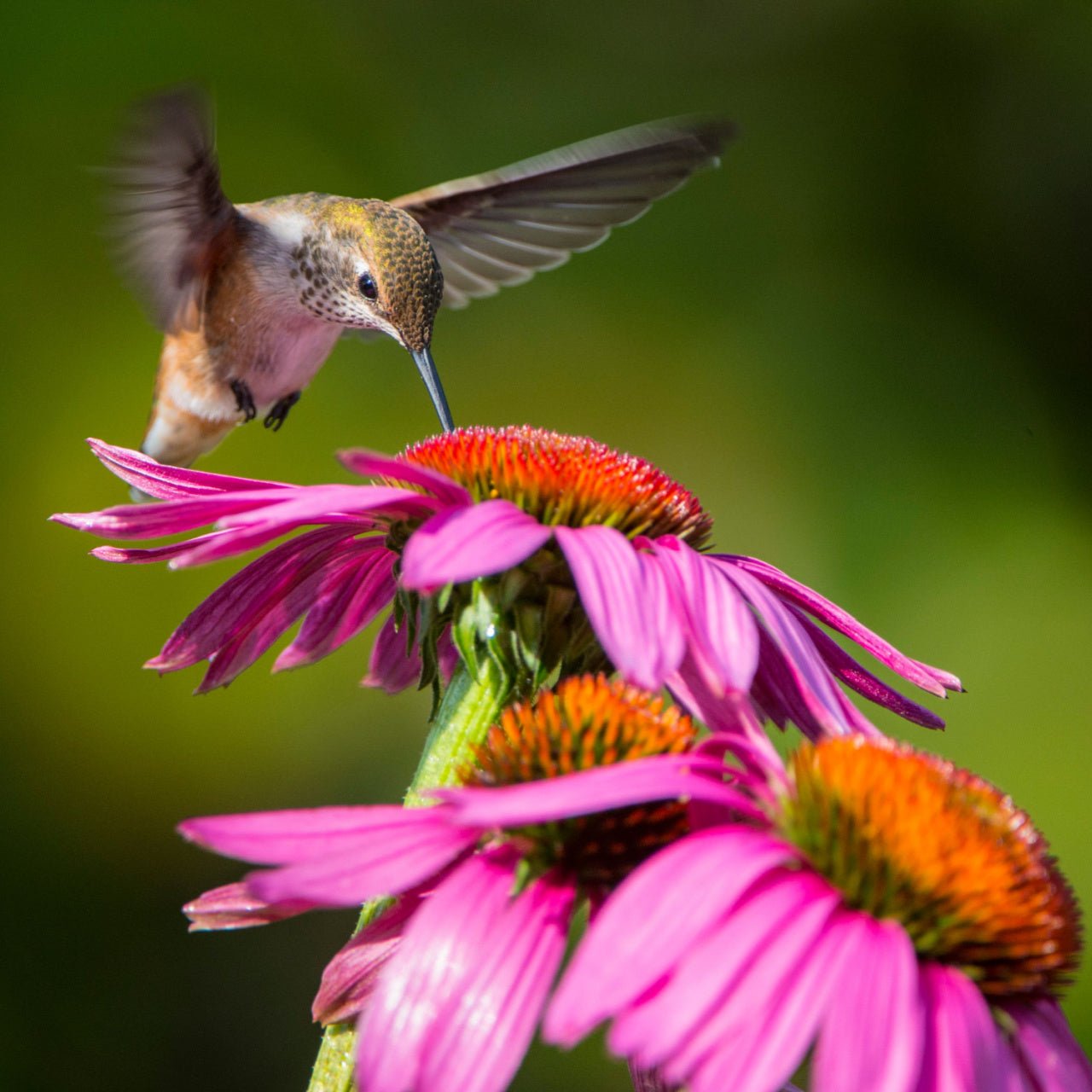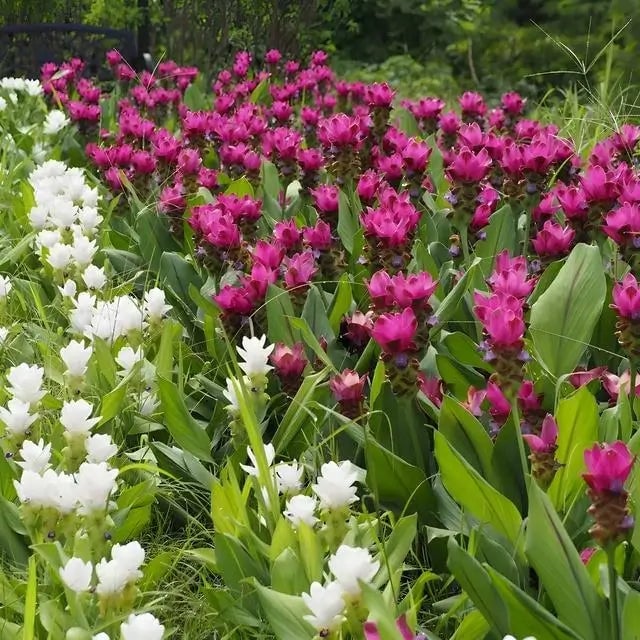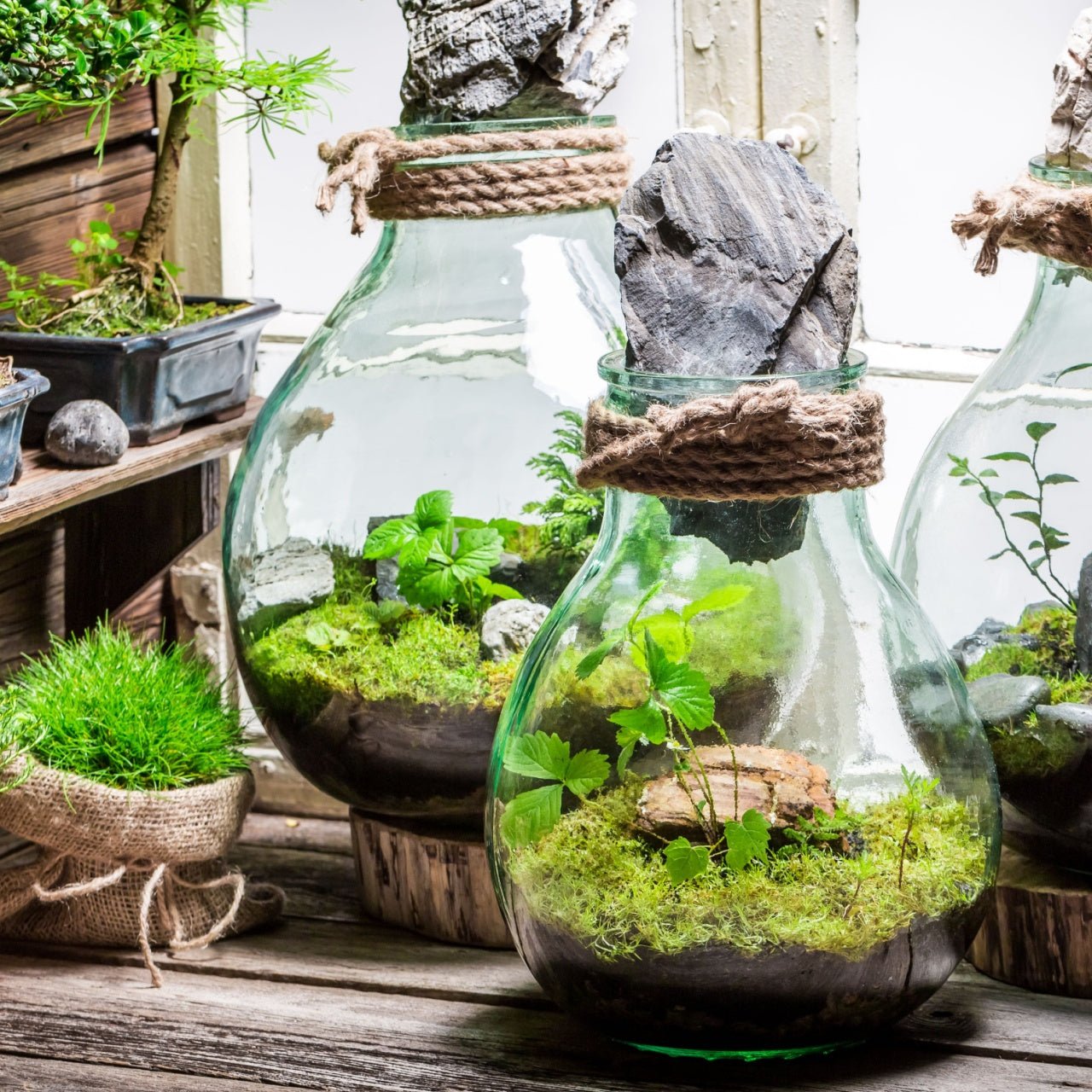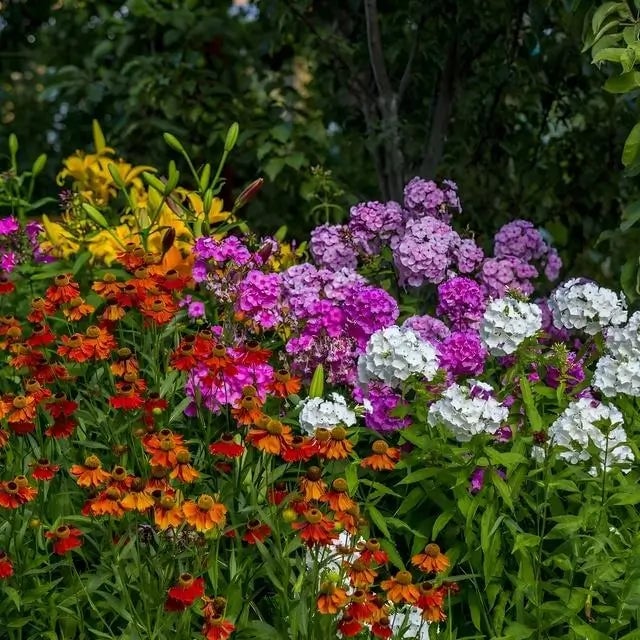
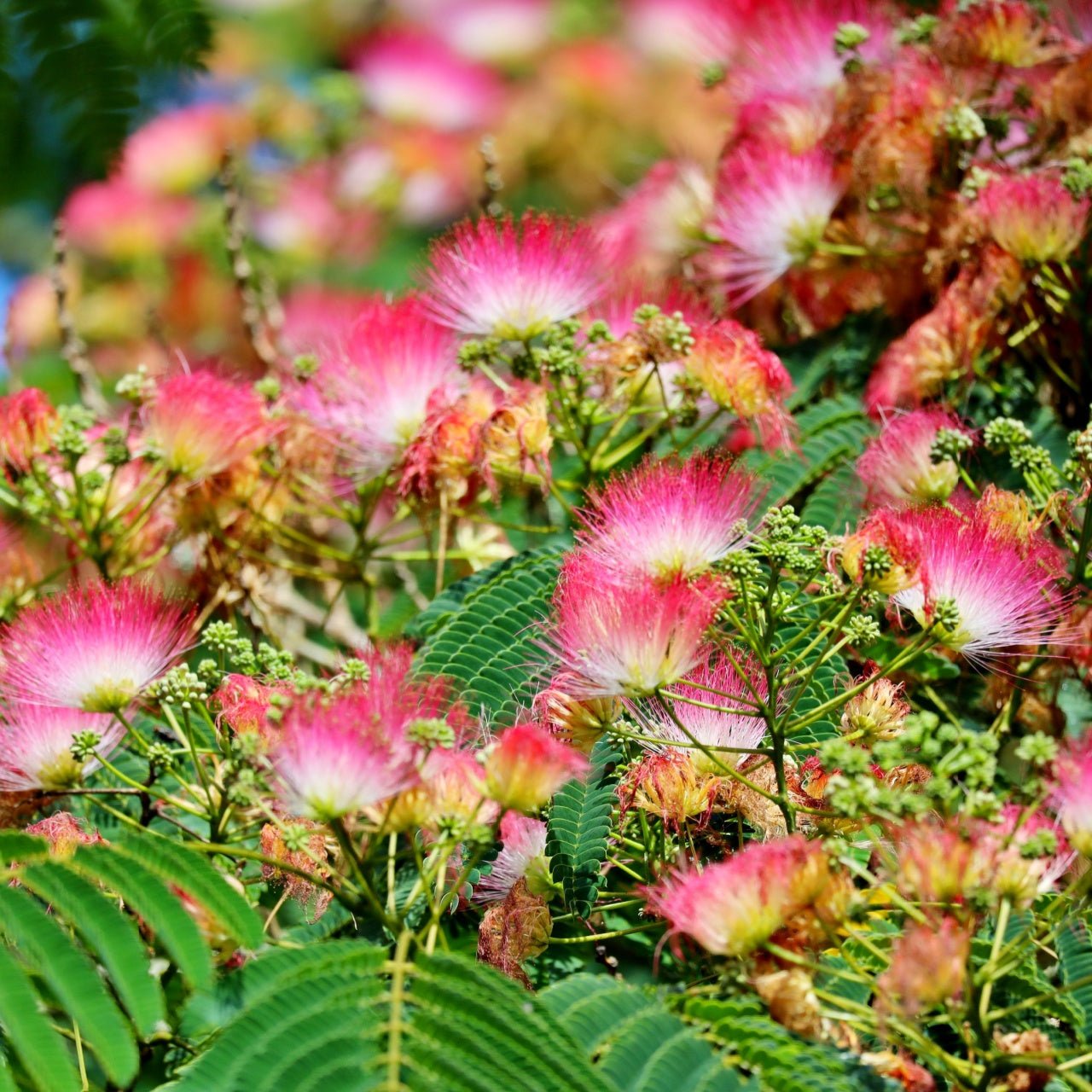



Mimosa Tree
Thrives in Zones 6 - 10
Vibrant pink flowers attract pollinators
Low maintenance, hardy tree
Drought-tolerant and adaptable
Ships in
November 2025Mimosa Tree for Sale (Albizia Julibrissin)
The Mimosa Tree (Albizia Julibrissin), also called the Persian Silk Tree, is a stunning ornamental tree. It is a tree native to southwestern and eastern asia, specifically Iran, Azerbaijan, Korea, and China.
The plant derives its botanical name from the Persian word گل ابریشم (gul-i abrisham) which means “silk flower”. The tree has a distinct flower that resembles a silk tassel, with stamens that look like long, pink threads. These unique blooms are certainly recognizable and absolutely gorgeous – a perfect centerpiece for your garden space.
Mimosa Tree Plant Details
Family: Fabaceae
Light Requirement: Full sun
Water Needs: Minimal
Height: 20-40 ft
Spread: 20-50 ft
Growth Rate: Rapid
Soil Preference: Well drained
Season of Interest: May - July
Flower Color: Pink and white
Fruit: Yellowish brown pod
Wildlife Value: Bees and butterflies
Notable Characteristics of Mimosa Tree
The small, deciduous tree has rather thin branches, which support a mass of fern-like leaves. The thin fronds come together to make a uniform, oblong leaf that is a brilliant forest green. The Mimosa Tree's modern, Persian name is شبخسب (shabkhosb), meaning “night sleeper”, and is similarly referenced in Japan and China because it closes its leaves at night and during rain.
The fronds curl into each other and the leaves droop towards the ground. The flowers are most visibly fuschia, but are bright white growing out of their yellow center. This ombre effect, combined with its unique, hair-like texture gives the blossoms so much visual dimension. A fully grown tree has a broad crown of branches, and its lush fronds provide a perfect canopy of dappled sunlight.
Landscape and Maintenance of Mimosa Tree
The Mimosa Tree is actually a fairly uncommon ornamental tree in the United States, though it is more common in Europe. This is because it is highly invasive in the United States and North America, and its rapid growth rate can cause overcrowding of other plants and trees.
Its numerous seeds are wind dispersed and can remain fertile even after long periods of drought. It is also highly susceptible to disease, the most common of which being mimosa vascular wilt which is a fungal disease. This tree is undeniably gorgeous, but until breeding work can produce a plant that does not go to seed, it may be hard to control.
This Is How Your Plants Will Look upon Delivery

Bloom Season
Summer
Bloom/Foliage Color
Pink
Height at Maturity
Over 25 Feet
Care
Mimosa trees thrive in well-draining soil and benefit from regular watering during dry spells. Trim in late winter or early spring to preserve their shape and remove dead or crossing branches. Fertilize annually with a balanced fertilizer for healthy growth.
Plant Reproduction
Mimosa Tree spreads by seeds, root suckers, and invasive growth
How to Grow and Care for Bare Root Trees
Bare root trees are shipped dormant without soil, making them lightweight, cost-effective, and easy to plant during the cool months of early spring or fall. To begin, soak the roots in a bucket of water for 4–6 hours before planting to rehydrate them. Choose a sunny location with well-draining soil and ample space for the tree’s mature size.
Dig a hole twice as wide as the spread of the roots and deep enough to keep the root flare (where the roots begin to spread from the trunk) at or slightly above ground level. Create a small mound of soil in the center of the hole, spread the roots evenly over it, backfill with native soil, and gently tamp down to remove air pockets. Water thoroughly after planting.
Keep the soil consistently moist (not soggy) during the first growing season, and apply mulch around the base—avoiding direct contact with the trunk—to conserve moisture and suppress weeds. Stake the tree if necessary, and prune only to remove dead or damaged branches. With proper care, your bare root tree will establish quickly and grow strong for years to come.
Shipping date depends on the date displayed and chosen when you order from the product's page.
We do not accept returned plants. If you purchased an extended warranty we do accept claims, please navigate to the warranty page for instructions HERE







Graceful Foliage:
Its fern-like leaves offer a delicate, feathery look, enhancing your landscape.
Fast Growth:
The Mimosa Tree grows quickly, providing rapid, lush greenery.
Vibrant Blooms:
The Mimosa Tree’s pink, fluffy flowers add a tropical touch to your garden.
Sensitive Reaction:
Mimosa pudica folds its leaflets when touched, possibly as a defense mechanism to expose its thorn-covered stems.
Header
Use this content to share information about your store and products.
Frequently asked questions
Still have a question? Contact us here.
Yes, we ship all over the world. Shipping costs will apply, and will be added at checkout. We run discounts and promotions all year, so stay tuned for exclusive deals.
It depends on where you are. Orders processed here will take 5-7 business days to arrive. Overseas deliveries can take anywhere from 7-16 days. Delivery details will be provided in your confirmation email.
You can contact us through our contact page! We will be happy to assist you.








